Department Of Medicine
-
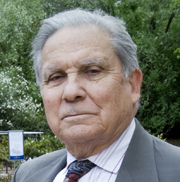
Correa honored by gastroenterological society
The American Gastroentero-logical Association (AGA) has honored Pelayo Correa, M.D., with its Distinguished Achievement Award, which recognizes an individual for contributions to research that have advanced the science and practice of gastroenterology. Read MoreJun 20, 2013
-
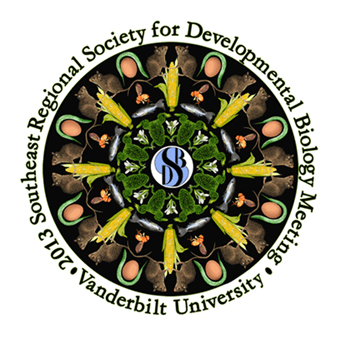
Conference highlights latest developmental biology research
The annual Southeast Regional meeting of the Society for Developmental Biology, hosted by Vanderbilt for the first time since 2006, broke participant records with 163 investigators registered and 81 posters presented. Read MoreMay 23, 2013
-
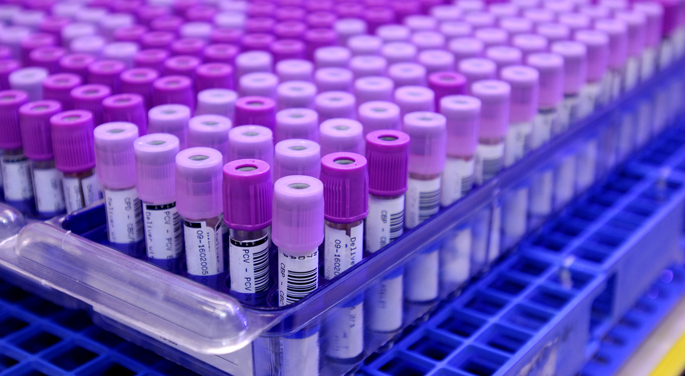
Grant targets new therapies for Ebola, Marburg viruses
Vanderbilt’s James Crowe Jr., M.D., and a collaborator in Texas have been awarded a $4.4 million grant from the U.S. Department of Defense to study new ways to treat and prevent Ebola and Marburg viruses. Read MoreMay 16, 2013
-

Clinical Pharmacology celebrates milestone
The 50th anniversary of the Division of Clinical Pharmacology will be celebrated Thursday, June 6, with a daylong scientific symposium and luncheon in the Student Life Center. Read MoreMay 9, 2013
-
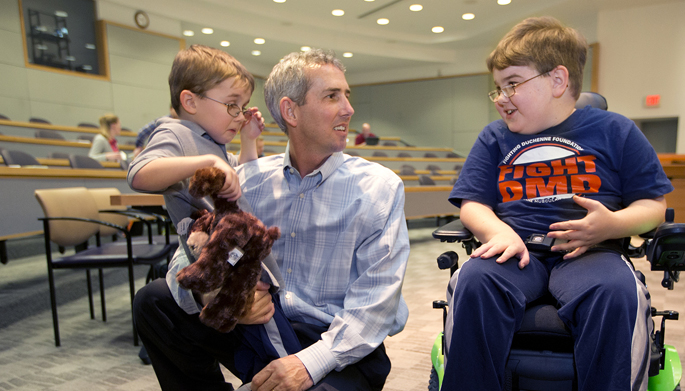
Personal touch: Family’s story drives home impact of research
For 30 minutes Tuesday, Terry Marlin, father of two young boys with Duchenne muscular dystrophy, was the professor, telling his story to a group of Vanderbilt University graduate students and postdoctoral fellows. Read MoreMay 9, 2013
-

Lack of exercise not a factor in health disparities
Health disparities between white and black adults in the South are not connected to a lack of exercise but more likely related to other factors such as access to health care, socioeconomic status and perhaps genetics, according to a Vanderbilt study published in PLoS ONE. Read MoreApr 18, 2013
-

Wang to lead Division of Cardiovascular Medicine
Thomas Wang, M.D., has joined Vanderbilt as director of the Division of Cardiovascular Medicine and the physician-in-chief of the Vanderbilt Heart and Vascular Institute. Read MoreApr 18, 2013
-
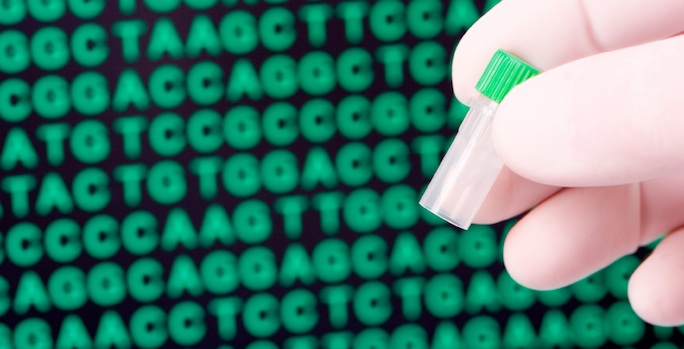
BMI gene study expands to people of African ancestry
An international team of scientists, including six from Vanderbilt University, has identified the first unique genetic determinants of body mass index (BMI) in people of African ancestry. Read MoreApr 18, 2013
-

Vanderbilt’s Hong, Niswender elected to ASCI
Charles Hong, M.D., Ph.D., and Kevin Niswender, M.D., Ph.D., have been elected to membership in the American Society of Clinical Investigation (ASCI), one of the nation’s most respected medical honor societies. Read MoreApr 18, 2013
-

Early study reveals ‘nuclear’ strategy for atherosclerosis
Vanderbilt University scientists have discovered a potential new strategy for lowering cholesterol and triglyceride levels and stopping atherosclerosis and fatty liver disease. Read MoreApr 18, 2013
-

Study reveals broad dangers of trans fats
A new study by Vanderbilt investigators suggests a diet high in trans fatty acids (TFA) may contribute to death from any cause. Read MoreApr 18, 2013
-
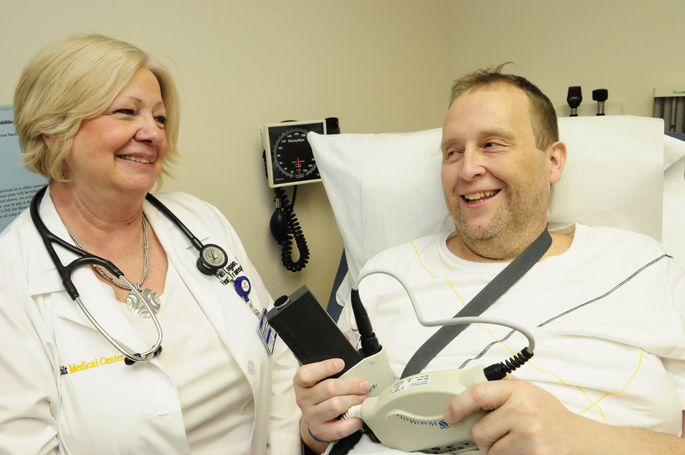
Patient undergoes surgical first to treat his arrhythmia
The state of Michael Stanbery’s health was shocking. Read MoreApr 11, 2013
-

VUMC named among nation’s top 100 hospitals
Vanderbilt University Medical Center has once again been named among the “100 Great Hospitals in America” by Becker’s Hospital Review. Read MoreApr 11, 2013
-
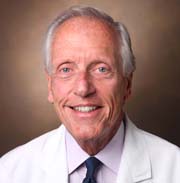
Infectious diseases foundation honors VUMC’s Schaffner
The National Foundation for Infectious Diseases (NFID) is awarding William Schaffner, M.D., professor and chair of Preventive Medicine, with its John P. Utz Leadership Award, presented to individuals who have demonstrated an outstanding level of dedication to their profession and to the NFID. Read MoreApr 4, 2013
-

Academy for Excellence in Teaching adds members
Sixteen new members have been inducted into Vanderbilt University School of Medicine’s Academy for Excellence in Teaching, a group of “best-of-the-best” educators at Vanderbilt University Medical Center. Read MoreApr 4, 2013
-

Harvard’s Kathiresan set for Wilkinson Lecture
Sekar Kathiresan, M.D., director of Preventive Cardiology at Massachusetts General Hospital, will deliver the ninth annual Grant R. Wilkinson Distinguished Lecture in Clinical Pharmacology on Thursday, April 11. Read MoreApr 4, 2013
-
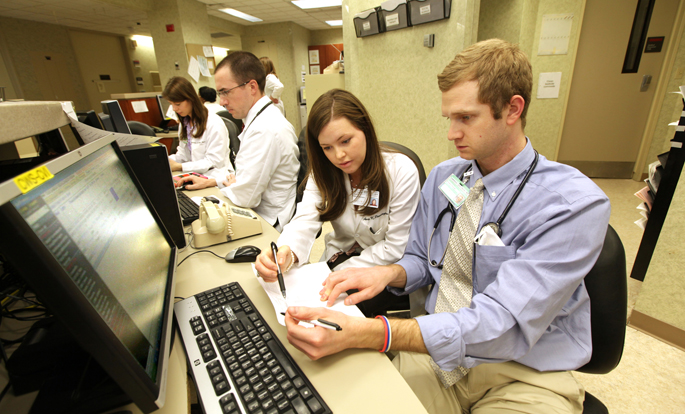
Residents’ reduced hours don’t impact care, education
Restructuring work hours for first-year medical residents to accommodate a 2011 duty hour limit of no more than 16 shift hours substantially increases patient handovers, but doesn’t significantly affect efficiency and quality of care among medical inpatients, a Vanderbilt University Medical Center study has found. Read MoreApr 4, 2013